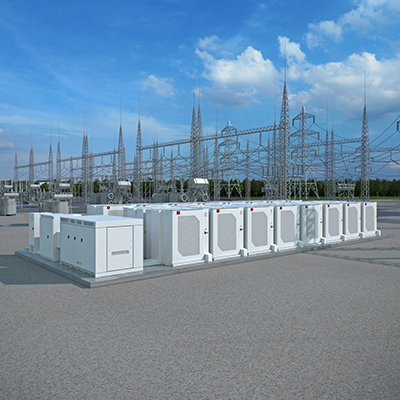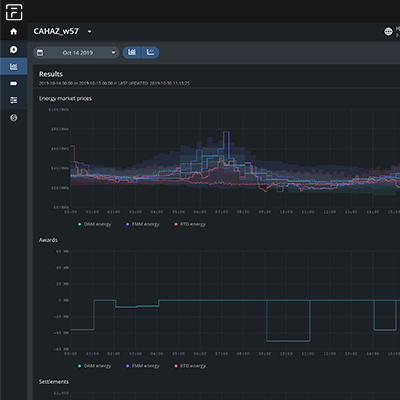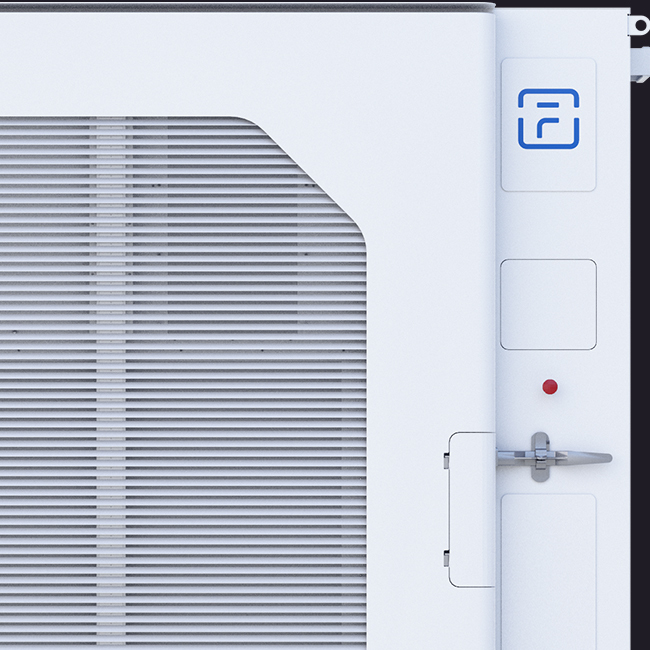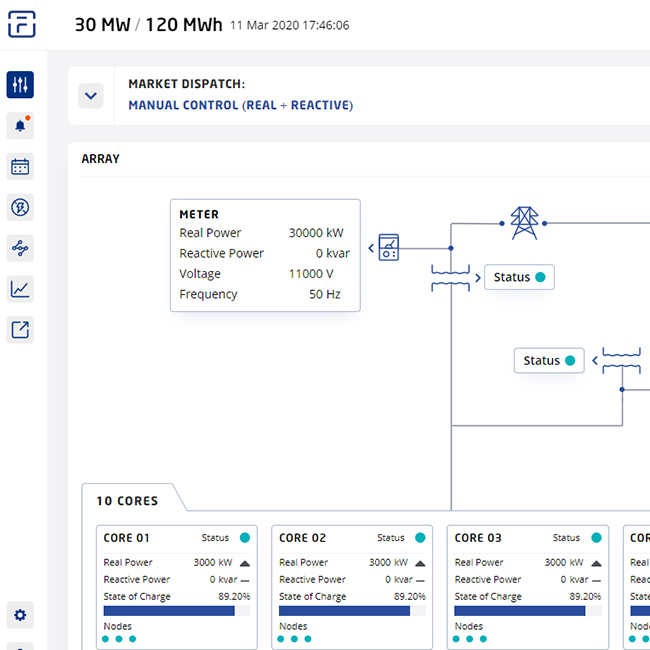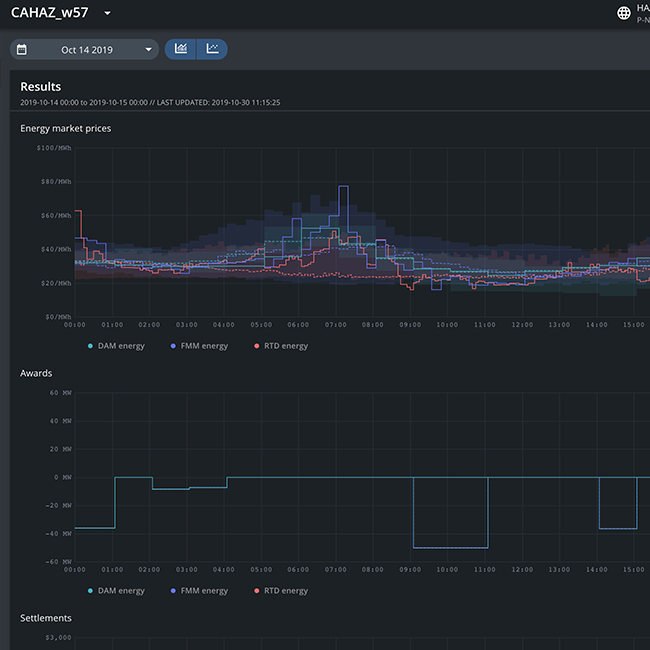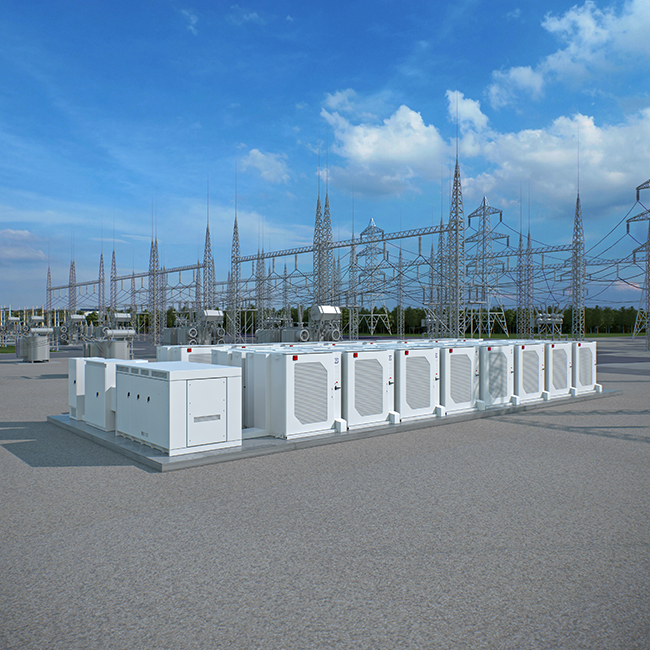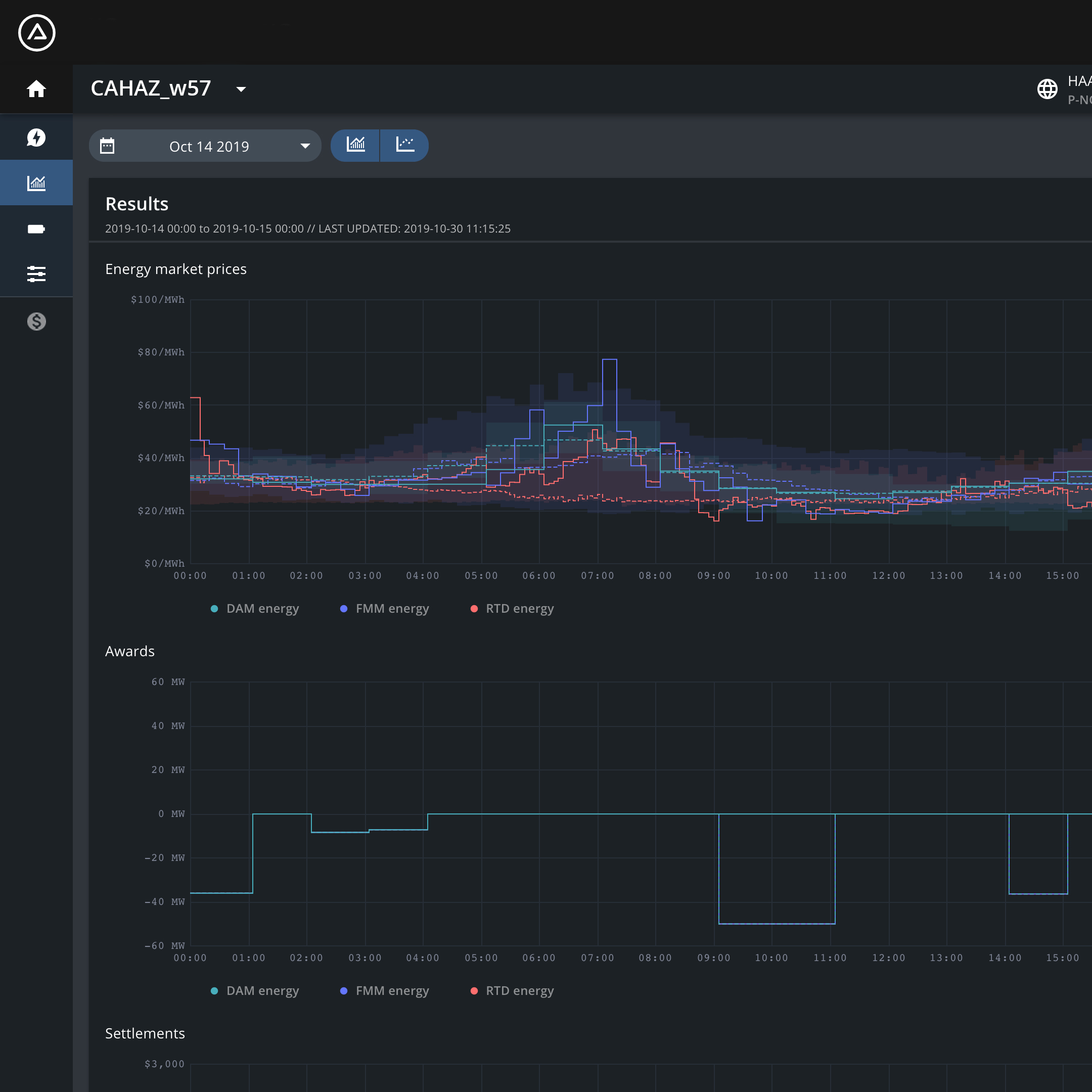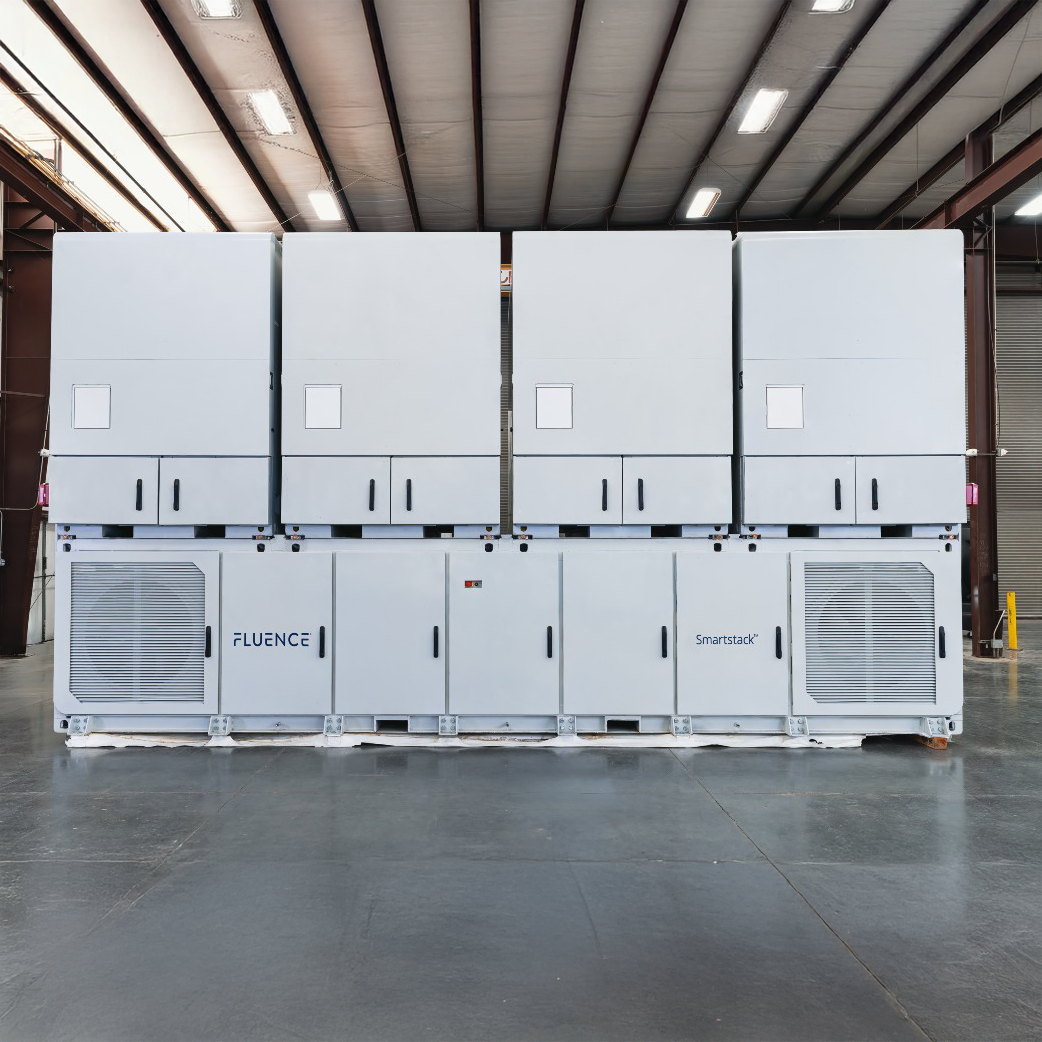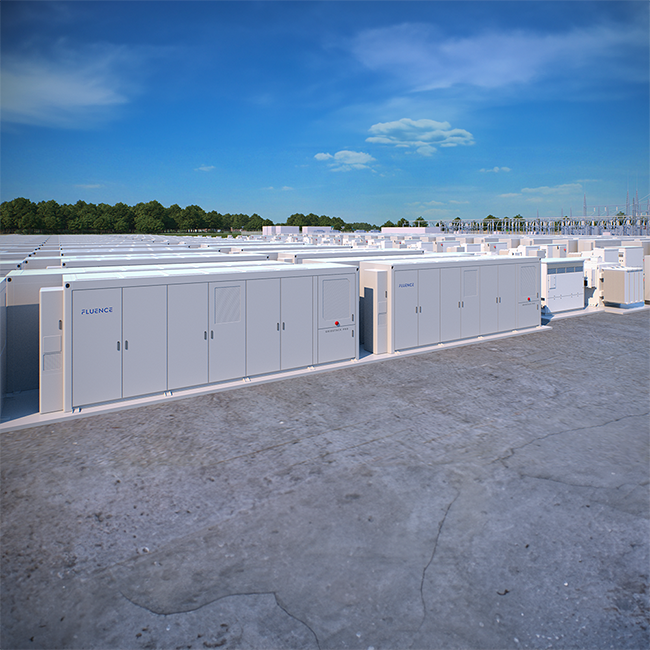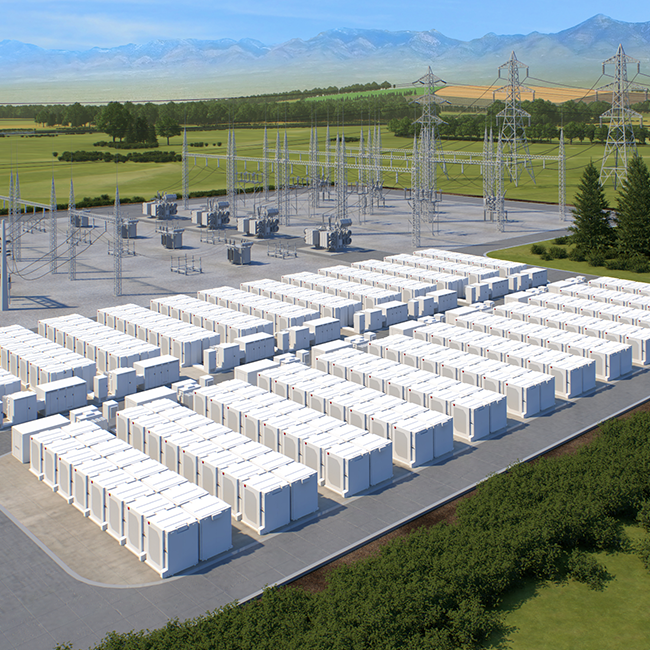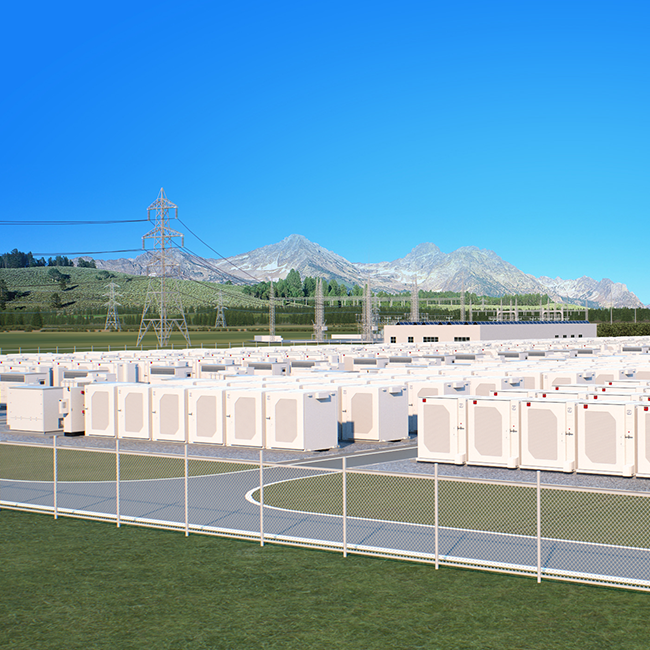Technical blind spots in battery energy storage systems (BESS) can cause revenue shortfalls and impact asset ROI, especially if they occur during peak market opportunities. Power foldbacks and stranded energy, driven by state of charge (SOC) inaccuracy and system imbalances, can trip up performance when it matters most. Technology embedded in Fluence’s new Smartstack solution solves this puzzle, combining detection, remedy, market insights, and commercial protections—including an industry-first Dispatchable Energy Guarantee designed to support real-time revenue operations by financially backing dispatch energy accuracy in day-to-day market participation.
As the industry matures, storage owners and grid operators are increasingly focusing on the power and energy performance of their storage fleet. Performance metrics, such as SOC accuracy, can have a large impact on how BESS assets bid into electricity markets. In fact, the issue of "inaccessible energy" was recently raised as one of the leading issues addressed in the 2025 Storage Design and Modeling Working Group from California’s Independent System Operator (CAISO). In part to avoid financial penalties, storage operators commonly withhold or make “inaccessible” up to 15-25% of their asset’s range (7.5-12.5% from maximum charge and 7.5-12.5% from minimum discharge) from energy markets due to concerns about reliable performance at the high and low ends of its range. In turn, revenue embedded in the asset’s cash flow models, which is essential for investment decisions, is increasingly being adjusted down.
Why hold capacity back?
Two main reasons: First, inaccurate SOC signals mean storage owners and operators are often uncertain about the true energy available to dispatch (“dispatchable energy”) from their system at the moment they need to submit bids into the market. Second, their system often has some of its capacity unnecessarily tied up in imbalance.
SOC inaccuracy is a pervasive challenge, especially with lithium iron phosphate based (LFP) storage products. It starts from the flatness of the open circuit voltage (OCV) curve, which plots the relationship between voltage and SOC. SOC is a derived value, meaning it is dependent on the accuracy of variables you measure directly, typically voltage and current. However, voltage and current sensors in most modern battery systems are too inaccurate to enable reliable SOC measurement. The problem is particularly severe when batteries spend extended time periods in their middle SOC range, where the OCV curve is flattest.
Typical OCV vs. SOC Curve for an LFP-Based Battery

Adding to the SOC accuracy problem is that the OCV curve changes over time as a cell ages. The problem here is that cell aging is difficult to track precisely. Plus, cells age differently over time. Large scale energy storage projects commonly have 1 million or more cells, each degrading at its own rate. In turn, the task of tracking health and updating the OCV curve calculations becomes extremely tricky.
The result is that SOC inaccuracy is pervasive. While +/- 3 to 5% SOC inaccuracy is typical for many operators on many days, some storage owners have reported SOC imprecision as high as +/- 15%, and even +/- 30% in extreme cases.
The second culprit is getting less attention right now, but it can be just as big of an impediment to reliable dispatchable energy for market participation: stranded energy from system imbalances. All leading energy storage technology today is built up from cells in series, known as “strings,” with maximum and minimum cell voltage thresholds defined. When the first cell in a string hits the max or min voltage, the entire string is not allowed to charge or discharge further—for several reasons including safety. This is fine when all cells in the string have balanced voltages, but when voltage imbalance among cells occurs, the worst-performing cell limits the whole string’s range, leading to stranded energy.

Solving the puzzle of accurate dispatchable energy requires a holistic approach—Fluence’s new Smartstack solution combines innovations in storage technology, services, market protections, and energy trading to make this possible.
Puzzle Piece 1: Improved Detection
Starting with hardware, Fluence’s proprietary battery management system (BMS) included in Smartstack has upgraded voltage and current sensors that drive new levels of measurement accuracy. Our upgraded voltage sensors deliver cell voltage sampling accuracy at +/- 2.1mV, vs. industry-typical levels of +/- 5mV. Our upgraded current sensors deliver accuracy at +/- 0.1A at low current conditions vs. Industry-typical levels of +/- 0.5A. These sensor capabilities are further enhanced by expanded edge computing power that is capable of processing cell-level data at high granularity with minimal latency.
The BMS algorithms that compute SOC and state of health (SOH) are trained with data from Fluence’s global fleet and system test labs and are continuously updated with each site’s measured outputs.
This enables Fluence systems to report more accurate SOC, track imbalance, and even calculate measurements dynamically, enabling revenue operations to have maximum precision. Importantly, unlike many third-party analytics options, Fluence’s approach does not rely on cloud communications, which come with inherent challenges related to data latency, bandwidth and storage expenses, and cybersecurity.
While detecting state of charge and balance with greater accuracy is a foundation to a solution, this is where many options in the market end. Effective revenue preservation requires more.

Puzzle Piece 2: Automated Recalibrations and Balance Management
SOC can be reset (“recalibrated”) when the system enters voltage levels where SOC can be measured more accurately. Think of it like pressing “zero” on a scale to reset the correct reading. Today, leading storage owners and operators recalibrate their systems periodically, which helps limit excessive SOC drift, but this process often requires accepting an outage and involves human oversight.
Fluence has enhanced its Fluence Operating System (OS) and BMS to automate this process, further improving SOC accuracy while reducing or eliminating the need for any outage or de-rate during recalibration. Starting with Smartstack, Fluence products can identify areas of the system that need recalibration and automatically perform targeted recalibrations during natural usage. This system is also configurable, enabling operators to see, manage, and override SOC recalibrations if ever needed.
Similarly, Fluence has designed its OS and BMS systems for Smartstack with the ability to automate cell balancing. Smartstack systems detect balance across the site and are able to target portions of the system needing remediation. Monitoring state of balance, the Fluence OS can automatically activate high-capacity passive balance resistors, enabling cells to balance voltage within strings and across parallel nodes. Balance management is also configurable, enabling operators to see, manage, and override passive balance routines as needed. Additional support in balance management is provided by Fluence’s predictive maintenance services, which help identify and correct imbalance issues before they impact performance—further maximizing site balance at all times.
.jpg?width=700&height=516&name=Smartstack%20and%20Smart%20Service%20Blog%20Graphic_v1%20(1).jpg)
Puzzle Piece 3: Commercial Protections That Hold Your Storage Provider Accountable
“Average” SOC accuracy claims? Difficult to trust on a daily basis.
Industry-standard availability guarantees? An average of your product performance over the year.
Industry standard capacity guarantees? A test your supplier must pass once per year.
SOC estimates provided by third-party analytics firms? Accuracy not financially guaranteed.
Fluence saw this gap in the industry, and we worked to address it. In turn, we designed our new Dispatchable Energy Guarantee for Smartstack, the first of its kind in the industry. Here’s how it works:
- Rather than only focusing on state of charge or balance, Fluence’s Dispatchable Energy Guarantee applies to the accuracy of your usable energy at max power, factoring in SOC and imbalance—which is what really matters to your daily grid operations.
- At all times your Smartstack system will provide real-time telemetry metrics to help you manage dispatchable energy: charge energy capacity and discharge energy capacity at full power.
- Fluence’s Dispatchable Energy Guarantee specifies defined accuracy thresholds for usable energy at full power and outlines the financial compensation Fluence will owe if those thresholds aren’t met. Fluence’s real-time system corrections achieve +/-4% dispatch accuracy—and are already demonstrating 4% or better in the field.
- The Dispatchable Energy Guarantee is a true 24/7 guarantee, not an average over the course of the year. This is Fluence’s commitment to your daily revenue operations, because we recognize that having strong accuracy 364 days of the year doesn’t cut it if you miss the most lucrative day of the year. In short: beware of “average” values.

Puzzle Piece 4: Advanced Bidding Support
If these telemetry signals aren’t correctly integrated into daily electricity market operations, their true value can’t be realized. That’s why Fluence includes its intelligent bid optimization software, Mosaic, with Smartstack and ensures it is pre-integrated with these new telemetry signals. In turn, bids are formulated with true dispatchable energy in mind, increasing revenue and reducing penalties.
In energy markets, a BESS project’s greatest asset is its ability to respond to grid signals. Currently, storage operators typically apply derates of approximately +/-5% (and up to +/-12.5%) to their available SOC to ensure reliable compliance with RTO/ISO dispatch instructions. Through Fluence’s Dispatchable Energy Guarantee, storage operators can feel confident in using only a +/-4% derate. In turn, BESS assets can bid substantially more capacity into energy markets, directly translating to increased revenue opportunities.
To quantify this revenue impact, Fluence analyzed a 100MW/400MWh battery operating in CAISO's SP15 zone under both de-rating scenarios. Using actual nodal pricing data and full market participation across Day-Ahead, 15-Minute, and Real-Time markets for all of 2024, the analysis incorporated authentic CAISO clearing constraints and dispatch requirements for both energy and ancillary services. The results demonstrate that reducing SOC derates from +/-7.5% to +/-4% generated a 5% increase over baseline revenue performance. Monthly revenue improvements ranged from 1.70% to 7.3%, even while conservatively excluding the substantial benefits from penalty avoidance that comes from more accurate state of energy tracking and improved dispatch compliance. Over the lifetime of a BESS project (~20 years), this improvement would result in additional energy markets revenues of over $17 million dollars above the baseline revenue performance.
Fluence’s Energy Buffer

Revenue Performance You Can Rely On
For over fifteen years, Fluence's energy storage assets have delivered critical grid services worldwide. As energy storage sites scale, battery technology evolves, and market revenue expectations soar, Fluence’s Smartstack solution and Dispatchable Energy Guarantee is part of our commitment to deliver continued confidence in storage’s ability to meet and exceed technical and market performance expectations.
Unlock guaranteed energy performance and maximize revenue with Smartstack

